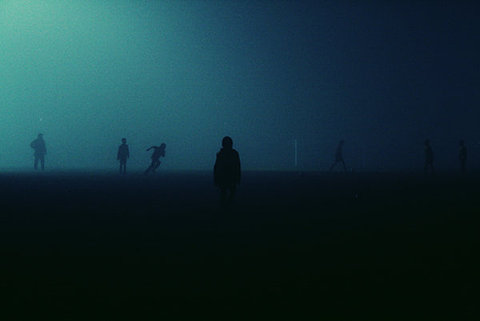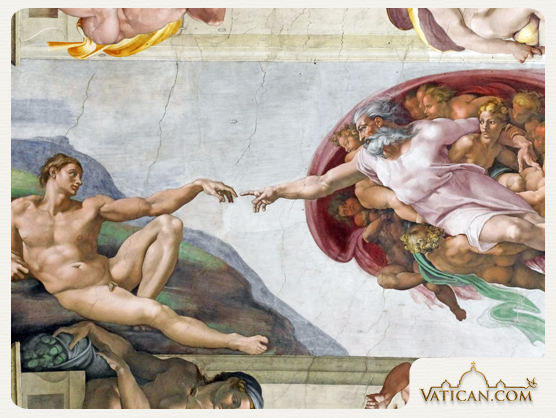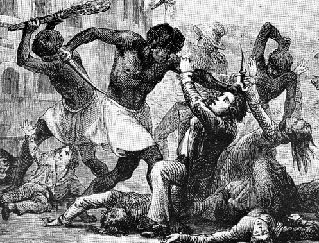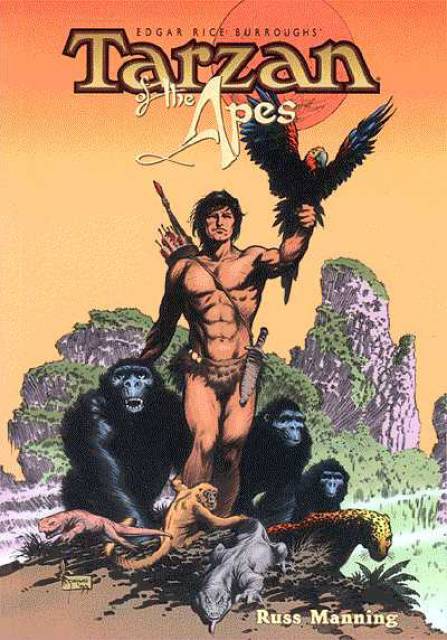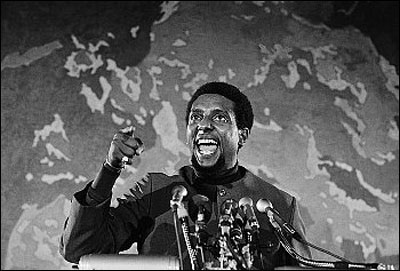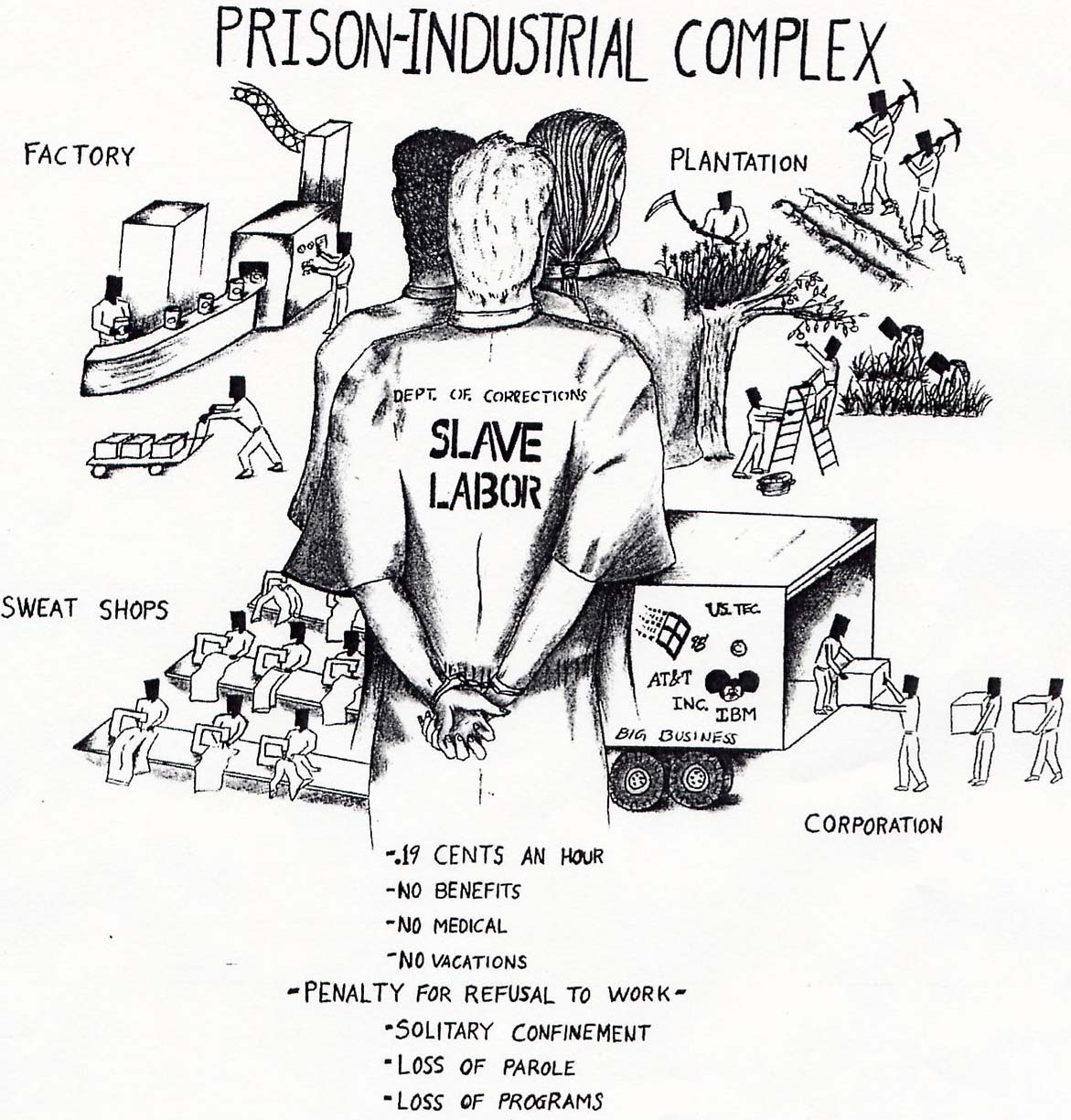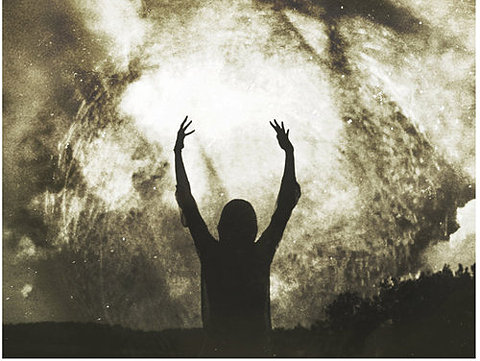Stamped from the Beginning by Ibram X. Kendi
The Definitive History of Racist Ideas in America
All quotes taken from this ground-breaking and wondrous study.
Below the Sahara Desert, the West African empires of Ghana (700-1200), Mali (1200-1500), and Songhay (1350-1600) were situated at the crossroads of the lucrative trade routes for gold and salt. Ghana, Mali, and Songhay developed empires that could rival in size, power, scholarship and wealth any in the world.
Aristotle (384-322 BCE) concocted a climate theory to justify Greek superiority, saying that extreme hot or cold climates produced intellectually, physically, and morally inferior people who were ugly and lacked the capacity for freedom and self-government… All of this was in the interest of normalizing Greek slaveholding practices, and Greece’s rule over the western Mediterranean… “Humanity is divided into two: the masters and the slaves, or, if one prefers it, the Greeks and the Barbarians, those who have the right to command, and those who are born to obey.”
By the birth of Christ or the start of the Common Era, Romans were justifying their slaveholding practices using Aristotle’s climate theory, and soon the new Christianity began to contribute to these arguments. St. Paul introduced, in the first century, a three-tiered hierarchy of slave relations – heavenly master (top), earthly master (middle), enslaved (bottom). “He who was free when called is a slave of Christ,” 1 Corinthians. Slaves “were to obey everything those that are your earthly masters, not with eyeservice as men-pleasers, but in singleness of heart, fearing the Lord.”
Ethnic, religious and colour prejudice existed in the ancient world. But there were no constructions of races, therefore racist ideas did not exist. But the foundations of race and racist ideas were laid. And so were the foundations for egalitarianism, antiracism and antislavery laid in Greco-Roman antiquity.
In Ibn Khaldun’s day, most of the captives sold in Western Europe were Eastern Europeans who had been seized by Turkish raiders from areas around the Black Sea. So many of the seized captives were “Slavs” that the ethnic term became the root word for “slave” in most Western European languages. By the mid-1400s, Slavic communities had built forts against slave traders, causing the supply of Slavs in Western Europe’s slave market to plunge at around the same time that the supply of Africans was increasing. As a result, Western Europeans began to see the natural Slav(e) not as White, but Black.
The word race first appeared in Frenchman Jacques de Breze’s 1481 poem “The Hunt” where it referred to hunting dogs. As the term expanded to include humans over the next century, it was used primarily to identify and differentiate and animalize African people. The term did not appear in a dictionary until 1606, when French diplomat Jean Nicot included an entry for it. “Race… means descent,” he explained, and “it is said that a man, a hose, a dog or another animal is from good or bad race.”
(Cotton) Mather wrote all humans have a White soul the same year John Locke declared all unblemished minds to be White. Robert Boyle and Isaac Newton had already popularized light as White. Michelangelo had already painted the original Adam and God as both being White in the Vatican’s Sistine Chapel. And for all these White men, Whiteness symbolized beauty.
For Enlightenment intellectuals, the metaphor of light typically had a double meaning. Europeans had rediscovered learning after a thousand years in religious darkness, and their bright continental beacon of insight existed in the midst of a “dark” world not yet touched by light. Light, then, became a metaphor for Europeanness, and therefore Whiteness.
Immanuel Kant: “Humanity is at its greatest perfection in the race of whites.”
Carl Linnaeus, the progenitor of Sweden’s Enlightenment, created a hierarchy within the animal kingdom and a hierarchy within the human kingdom, and this human hierarchy was based on race… At the pinnacle of his human kingdom reigned H. sapines europlaeus: “Very smart, inventive. Covered by tight clothing. Ruled by law.” Then came H. sapiens americanus (“Ruled by custom) and H. sapiens asiaticus (“Ruled by opinion”). He relegated humanity’s nadir, H. sapiens afer, to the bottom, calling this group “sluggish, lazy, crafty, slow, careless. Covered by grease. Ruled by caprice.”
The American mind was accomplishing that indispensable intellectual activity of someone consumed with racist ideas: individualizing White negativity and generalizing Black negativity. Negative behaviour by any Black person became proof of what was wrong with Black people, while negative behaviour by any White person only proved what was wrong with that person.
In Haiti the Black revolt on Sept 8, 1791. Within 2 months a force of 100,000 African freedom-fighters had killed more than 4,000 enslavers, destroyed almost 200 plantations, and gained control of the entire Northern Province.
Thomas Jefferson (a slave-owner), for one, did not view the Haitian Revolution in the same guise as the American or French Revolutions. “Never was so deep a tragedy presented to the feelings of man.” (July 1793)
Ending the international slave trade was in reality a boon for the largest American slave-owners, as it increased the demand and value of their captives. (1808)
On Jan. 8, 1811, 15 captives on a sugar plantation wounded a planter and killed his son. They marched from plantation to plantation… 250 biracial and African people joined the 35-mile freedom march to invade New Orleans. The largest slave revolt in the history of the US.
Hegel: “The negro is an example of animal man in all his savagery and lawlessness.” Hegel’s foundational racist idea justified Europe’s ongoing colonization of Africa. European colonizers would supposedly bring progress to Africa’s residents.
Racist policies harmed Black neighbourhoods, generating racist ideas that caused people not to want to live next to blacks, which depressed the value of Black homes, which caused people not to want to live in Black neighbourhoods even more, owing to low property values.
Millions of poor European immigrants pouring into northern port cities after 1830 amplified the housing discrimination and threatened free Blacks’ hold on menial and service jobs… Others channeled their economic and political frustrations into racist ideas, which then led to more hatred of Black people.
It was in this environment of entrenched racism that America’s first minstrel shows appeared, and they began attracting large audiences of European immigrants, native Whites, and sometimes even blacks. By 1830, Thomas “Daddy” Rice, who learned to mimic African American English (today called “Ebonics”), was touring the South, perfecting the character that thrust him into international prominence: Jim Crow. Appearing in blackface, and dressed in rags, torn shoes, and a weathered hat, Jim Crow sang and danced as a stupid, childlike, cheerful Black field hand. Other minstrel characters included “Old darky,” the thoughtless musical head of an enslaved family, and “Mammy,” the hefty asexual devoted caretaker of Whites. The biracial, beautiful, sexually promiscious “yaller gal” titillated White men. Typically minstrel shows included a song-and-dance portion, a variety show, and a plantation skit. Blackface minstrelsy became the first American theatrical form, the incubator of the American entertainment industry… they remained mainstream in the US until around 1920 (when the rise of racist films took their place).
The founder of anthropology in the US, Dr. Samuel Morton, published Crania Americana in 1839. Finding that the skulls from the “Caucasian Race” measured out the largest in that tiny sample, Morton concluded that Whites had “the highest intellectual endowments” of all the races.
Harvard-trained antislavery psychiatrist Edward Jarvis reviewed data from the 1840 US Census and found that northern free Blacks were about ten times more likely to have been classified as insane than enslaved southern Blacks. On Sept. 21, 1842 he published his findings in the New England Journal of Medicine, which was and remains the nation’s leading medical journal. Slavery must have had “a wonderful influence upon the development of the moral faculties and the intellectual powers” of Black people.
Frederick Douglass was introduced to audiences as “chattel,” a “thing”, a “piece of southern property”. In June 1845 The Narrative of the life of Frederick Douglass, an American Slave was published. In the next five years 30,000 copies sold. For anyone who had the courage to look, they showed the absolute falsity of the notion that enslavement was good for Black people.
In early 1846, the newly formed Associated Press used the newly invented telegraph to become the nation’s principal filter and supplier of news. The rapid speed of transmission and monopoly pricing encouraged shorter and simpler stories that told and did not explain – that sensationalized and did not nuance, that recycled and did not trash stereotypes or the status quo. News dispatches reinforcing racist ideas met those demands.
Alabama’s J. Marion Sims, the father of American gynecology, routinely used Black subjects in research. In 1845, Sims horrifically started experimenting on the vaginas of 11 enslaved women for a procedure to heal a complication of childbirth called vesicovaginal fistula. The procedures were “not painful enough to justify the trouble” of anesthesia, he said. After a marathon of surgeries into the early 1980s – one woman, Anarcha, suffered under his knife thirty times – Sims perfected the procedure for curing the fistula. Anesthesia in hand, Sims started healing White victims, moved to New York, built the first women’s hospital and fathered American gynecology. A massive bronze and granite monument dedicated to him – the first US statue depicting a physician – now sits at 5th Avenue and 103rd Street, across from the Academy of Medicine.
In Principles of Biology in 1864, Herbert Spencer coined the iconic phrase “survival of the fittest.” Superior hereditary traits made the “dominant races” better fit to surve than the “inferior races.”
The father of modern statistics, Sir Francis Galton created the concepts of correlation and regression toward the mean and blazed the trail for the use of questionnaires and surveys to collect data. In Hereditary Genius (1869), he used his data to popularize the myth that parents passed on heredtiary traits like intelligence that environment could not alter. “The average intellectual standard of the negro race is some two grades below our own,” Galton wrote. He coined the phrase “nature versus nurture,” claimng that nature was undefeated. Galton urged governments to rid the world of all naturally unselected peoples, or at least stop them from reproducing, a social policy he called “eugenics” in 1883.
Post Civil War. Black people all over the South were saying this to Union officers: Do not abolish slavery and leave us landless. Do not force us to work for our former masters and call that freedom. They distinguished between abolishing slavery and freeing people. You can only set us free by providing us with land to “till… by our own labor.”… Millions of White settlers had acquired western land, confiscated from rebel native communities over the years… White settlers on government-provided land were deemed receivers of American freedom, Black people, receivers of American handouts.
Henry Ward Beecher published the first American biography of Jesus, The Life of Jesus, the Christ, in 1871. Beecher included in the book five depictions of the perfect God-man named Jesus and they all depicted a White man. Henry Ward Beecher gave White Americans a model for embedding Whitness into their religious worldviews of Jesus Christ without ever saying so out loud, just as southern and northern Whites were doing with their political worldviews. It went without saying for racists that White people were the best equipped to rule the US under the heavenly guidance of the White Father and Son.
(After reconstruction) To intimidate and reassert their control over rebellious Blacks and White women, White male redeemers took up lynching in the 1880s. Someone was lynched, on average, every four days from 1889 to 1929. Often justifying the ritualistic slaughters on a false rumor that the victim had raped a White woman, White men, women, and children gathered to watch the torture, killing, and dismemberment of human beings – all the while calling the victims savages. Hate fueled the lynching era. But behind this hatred lay racist ideas that had evolved to question Black freedoms at every stage. And behind these racist ideas were powerful White men, striving by word and deed to regain absolute political, economic, and cultural control of the South.
1896 Supreme Court Justice Henry Billings: “if one race be inferior to the other socially, the Constitution of the US cannot put them upon the same plane.”
W.E.B. Du Bois (The Souls of Black Folks) The American world… yields (the Negro) no true self-consciousness, but only lets him see himself through the revelation of the other world. It is a peculiar sensation, this double-consciousness, this sense of always looking at one’s self through the eyes of others, of measuring one’s soul by the tape of a world that look on in amused contempt and pity. One ever feels his two-ness – an American, a Negro, two souls, two thoughts, two unreconciled strivings; two warring ideals in one dark body, whose dogged strength alone keeps it from being torn asunder.
In All-Story Magazine in Oct. 1912, Americans first tasted Edgar Rice Burroughs’ novel Tarzan of the Apes. Tarzan tells the story of an orphan infant of White parents abandoned in Central Africa who is raised by the she-ape Kala in a community of apes. The orphan, John Clayton, is named “Tarzan” by the apes; it means “White skin” in their language. As he grows up, Tarzan becomes the community’s most skilled hunter and warrior, more skilled than any of the nearby ape-Africans… Tarzan goes on to teach his children, the Africans, how to fight and grow food… Burroughs made the association between animals, savages and Africa permanent in the American mind. The defining message of the Tarzan series was clear: whether on Wall Street or in the forests of Central Africa, swinging through Greek literature or swinging from trees, White people will do it better than the African apelike children.
During his first term Woodrow Wilson enjoyed the first-ever film screening at the White House, and the selection was a stark symbol of his ideas about race. The 1915 films was Hollywood’s first feature-length studio production, D.W. Griffith’s The Birth of a Nation, based on Thomas Dixon’s popular novel The Clansmen. The film signaled the birth of Hollywood and of the motion-picture industry in the US. It became the newest visual medium by which to circulate racist ideas, eclipsing the fading minstrel shows. The silent film depicted Reconstruction as an era of corrupt Black supremacists petrifying innocent Whites. At the climax, a Black male rapist (played by a White actor in blackface) pursues a White woman into the woods until she leaps to her death. “Lynch him! Lynch him!” moviegoers shouted in Houston, and nearly 100 Blacks were actually lynched in 1915. In the end, the victim’s brother in the film organizes Klansmen to regain control of southern society. A White Jesus – brown-haired, brown-eyed, and white-robed – appears to bless the triumph of White supremacy as the film concludes.
As the new chairman of the Student Non-Violent Coordinating Committee, Stokely Carmichael was one of the leaders of the Mississippi March Against Fear in the summer of 1966, alongside King and Floyd McKissick of the Congress of Racial Equality… On June 16, 1966 the March Against Fear stopped in Greenwood, Mississippi, one of the buckles of the belt of majority Black southern counties still ruled by armed Whites. “We been saying freedom for six years and we ain’t got nothing,” Carmichael shouted at a Greenwood rally. “What we gonna start saying now is Black Power!”
Quickly blown by the fans of the American media, the maxim whisked through all the majority Black urban areas and rural counties that were politically controlled, economically exploited, and culturally denigrated by White assimilationists and segregationists.
King’s book seemed to complement Stokely Carmichael’s coauthored Black Power: The Politics of Liberation in America, published shortly after Where Do We Go From Here? Carmichael and scholar Charles Hamilton gave innovative new names to two kinds of racism. They named and contrasted “individual racism,” which assimilationsts regarded as the principal problem, and which assimilationists believed could be remedied by persuasion and education, and “institutional racism,” the institutional policies and collections of individual prejudices that anti-racists regarded as the principal problem, and that antiracists believed only power could remedy.
(White fears of black power movement) were reflected in a new blockbuster film that broke box-office records in 1968… Planet of the Apes took the place of Tarzan in racist popular culture, inspiring four sequels between 1970 and 1973, three more in the 21st century, a TV series, and a host of comic books, video games, and other merchandise – you name it, the franchise produced it. While Tarzan put on America’s screens the racist confidence of conquering the dark world that prevailed in the first half of the 20th century, Planet of the Apes held up in full colour the racist panic during the second half of the 20th century of the conquered dark world rising up to enslave the White conqueror.
By 1968, both Democrats and Republicans had popularized the call for “law and order.” It became a motto for defending the Planet of the Whites.
On Feb 29, 1968 the National Advisory Commission on Civil Disorders released its final report on the urban rebellions of 1967. Back in July, LBJ created the commission to answer the question, “What happened? Why did it happen? What can be done to prevent it from happening again and again?” With the 9 White and 2 Black investigators representing groups hostile to Black Power and touting the new status quo motto, “law and order”, antiracists did not expect much from the Kerner Commission (named after its chair, Illinois governor Otto Kerner Jr.)
The commission members unabashedly blamed racism for the urban rebellions. “What white Americans have never fully understood – but what the Nego can never forget – is that white society is deeply implicated in the ghetto. White institutions created it, white institutions maintain it, and white society condones it… The press has been too long based in a white world looking out of it, if at all, with white man’s eyes and white perspective.” The Kerner Commission proclaimed the progression of racism in its most famous passage: “Our nation is moving towards two societies, one black, one white – separate but unequal.”
If Planet of the Apes epitomized racists’ defeated sentiments in 1968, then the highest-grossing film of 1976, which won as Oscar for Best Picture, epitomized their fighting sentiment that year. Rocky portrayed a poor, kind, slow-talking, slow-punching, humble, hard-working, steel-jawed Italian journeyman boxer in Philadelphia facing off against the unkind, fast-talking, fast-punching cocky African American World Heavyweight Champion. Rocky’s opponent, Apollo Creed, with his amazing avalanche of punches, symbolized the empowerment movements, the rising Black middle class, and the real-life heavyweight champion of the world in 1976, the pride of Black Power masculinity, Muhammad Ali. Rocky Balboa – as played by Sylvester Stallone – came to symbolize the pride of White supremacist masculinity’s refusal to be knocked out from the avalanche of civil rights and Black Power protests and policies.
Andrew Hacker’s Two Nations: Black and White, Separate, Hostile, Unequal. Derrick Bell Faces at the Bottom of the Well: The Permanence of Racism, Cornel West Race Matters.
Angela Davis: The prison system was the new slavery. “Because of the persistent power of racism, ‘criminals’ and ‘evildoers’ are, in the collective imagination, fantasized as people of colour. The prison (relieved America) of the responsibility of thinking about the real issues affecting those communities from which prisoners are drawn in such disproportionate numbers.”
All the new languages that enslaved Africans had developed in the Spanish, French, Dutch, Portuguese, and British colonies were similarly denigrated in racist fashion as broken “dialects,” or inferior varieties of the standard European language, which in the US was “Standard English.” Ebonics had formed from the trees of African languages and modern English, just as modern English had formed from the trees of the Latin and Germanic languages. Ebonics was no more “broken” or “nonstandard” English than English was “broken” or “nonstandard” German or Latin.
June 2000. One of the scientists responsible for sequencing the human genome, Craig Venter, was even more frank with reporters. “The concept of race has no genetic or scientific basis.”
“There is no such thing as a set of genes that belong exclusively to one (racial) group and nother another,” U of Pennsylvania bioethics scholar Dorothy Roberts explained in her 2011 book Fatal Invention, in which she exposes the unscientific basis of biological races, race-specific genes, and race-specific drugs for race-specific diseases. “It is a political category that has been disguised as a biological one.”
George Bush “No Child Left Behind Act” in 2003. Under the act, the federal govt compels states, schools and teachers to set high standards and goals and to conduct regular testing to assess how well the students are reaching them… The bill encouraged funding mechanisms that decrease funding to schools when students are not making improvements, thus leaving the neediest students behind. It was the latest and greatest mechanism for placing the blame for funding inequities on Black children, teachers, parents, and public schools. And this victim blaming watered the growth of the quickening “No Excuses” charter school movement, which ordered children to rise above their difficult circumstances, and blamed (and expelled) these children if they could not.
Barack Obama, the only African-American in the US senate in 2005.
“Thug” was one of the many new acceptable ways of calling Black people inferior or “less than.” Other widely used racist slurs and hrases included “ghetto,” “minority,” “personal responsibility,” “achievement gap,” “race card,” “reverse discrimination,” “good hair,” “from the bottom,” “No good Black…,” and “you see, that’s what’s wrong with Black…”
It is not coincidental that more White Americans thrived during the antiracist movements from the 1930s to the early 1970s than ever before or since. It is not coincidental that the antiracist movements that followed in the last 20th century paralleled the stagnation or reduction of middle- and low-income Whites’ salaries and their skyrocketing costs of living.
Beginning around 1790s, abolitionists urged the growing number of free Blacks to exhibit upstanding behaviour before White people, believing they would thereby undermine the racist beliefs behind slavery… Racist Americans have routinely despised those Black Americans the most who uplifted themselves. Black folks have not persuaded away racist ideas or policies. Quite the contrary. Uplift suasion has brought on the progression of racism – new racist policies and ideas after Blacks broke through the old ones.
Individual Blacks are not race representatives. They are not responsible for those Americans who hold racist ideas. Black people need to be their imperfect selves around White people, around each other, around all people. Black is beautiful and ugly, intelligent and unintelligent, law-abiding and law-breaking, industrious and lazy – and it is those imperfections that make Black people human, equal to all other imperfectly human groups.
If racism is eliminated, many White people in the top economic and political brackets fear that it would eliminate one of the most effective tools they have at their disposal to conquer and control and exploit not only non-Whites, but also both low-income and middle-income White people.
History is clear. Sacrifice, uplift, persuasion, and education have not eradicated, are not eradicating, and will not eradicate racist ideas, let alone racist policies. Power will never self-sacrifice away from its self-interest. Power cannot be peruaded from its self-interest. Power cannot be educated away from its self-interest. Those who have the power to abolish racial discrimination have not done so thus far and they will never be persuaded or educated to do so as long as racism benefits them in some way.
History is clear on what will eradicate racist ideas. Eradicate racial discrimination, then racist ideas will be eradicated too… An antiracist America can only be guaranteed if principled antiracists are in power, and then antiracist policies become the law of the land, and then antiracist ideas become the common sense of the people. And that day is sure to come. There will come a time when Americans will realize that the only thing wrong with Black people is that they think something is wrong with Black people.
When we fight for humanity, we are fighting for ourselves.
